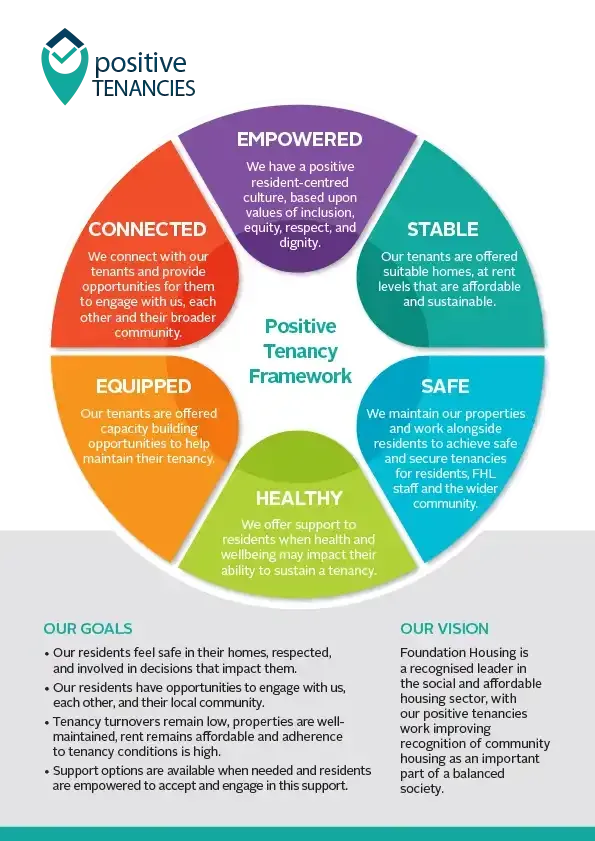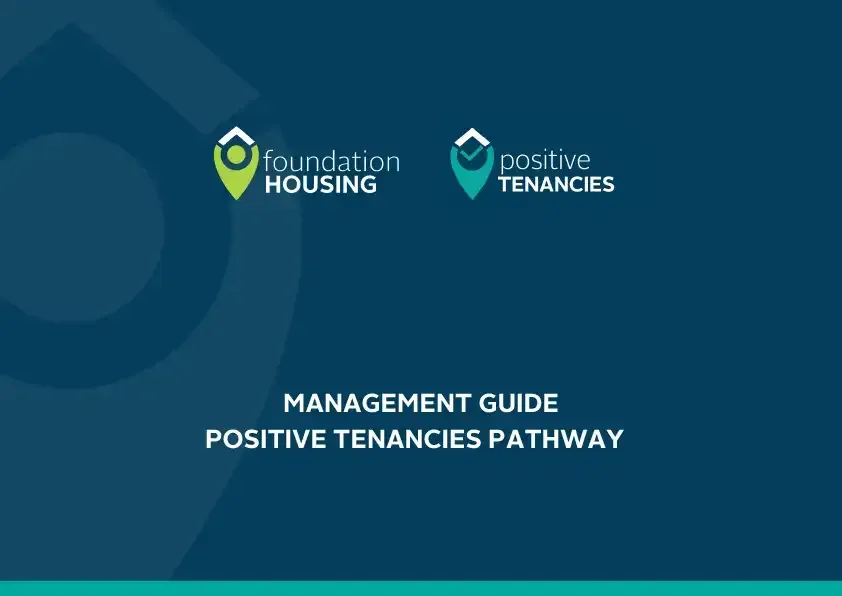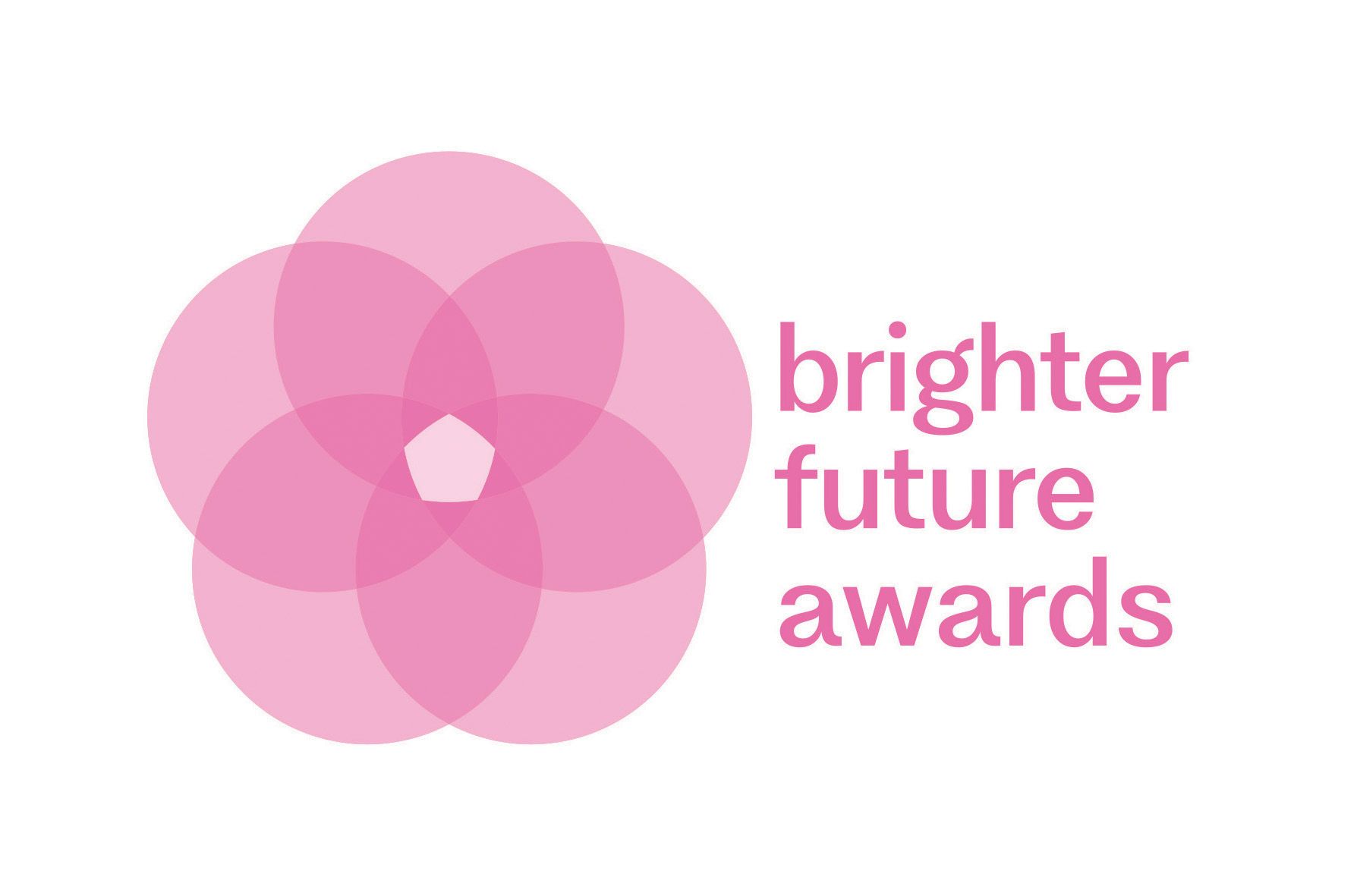FOUNDATION HOUSING: ahi: Excellence in Social Housing Australasia
Foundation Housing in WA found a way to overcome the often too reactive nature of tenancy management through the creation of a framework, Positive Tenancies. Their efforts caught the eye of the 2023 ahi: Brighter Future Awards judges, which saw Foundation recognised with the Australasian Award for Excellence in Social Housing. This is what their General Manager at the time, Kerryn Edwards, had to say about it.
For social and affordable housing providers, making the decision to finally end a person’s tenancy is difficult, to say the least. Although various tenancy acts and the operating procedures of community housing providers leave plenty of room for landlord discretion, housing workers often find themselves in the unenviable position of having to make a judgement call; a call that can have a tremendous impact on the tenant, the housing provider and the community.
Delivering positive tenancies is a major plank of Foundation Housing’s most recent strategic review. In support of this goal, they’ve developed and implemented the Positive Tenancies Framework—a range of Supportive Landlord strategies—across their social housing portfolio, which are designed to improve the clarity of how their decisions impact tenants, the broader community and Foundation Housing as a provider of housing.
Kerryn Edwards, the former General Manager of Operations at Foundation Housing, told HousingWORKS that, while it was humbling to be given the nod ahead of some impressive initiatives, taking out the Australasian award for Excellence in Social Housing was a well-deserved recognition for everyone involved in the project. For many of the Foundation personnel tasked with the heavy lifting, the development of this framework was a golden opportunity to establish a proactive, rather than reactive, way of dealing with challenging tenancies.
“It’s much more than just managing the tenancy through the Residential Tenancies Act.”
“Around three years ago, Foundation Housing embarked on a new strategy, which was to manage and sustain positive tenancies,” Kerryn begins. “We wanted to have a much more proactive approach to what we do, and we also wanted to be really clear about what our role as a landlord means. We think that it’s much more than just managing the tenancy through the Residential Tenancies Act.”
“We’re dealing with highly vulnerable people, and people who have a lot of challenges that may impact them being able to sustain that tenancy,” she continues. “Through our processes, we can impact a lot of those issues at various touchpoints. What does it mean to deliver, or manage, a positive tenancy? We started by going back to step one–identifying and defining what that might look like for the staff, for the business and for the tenants.”
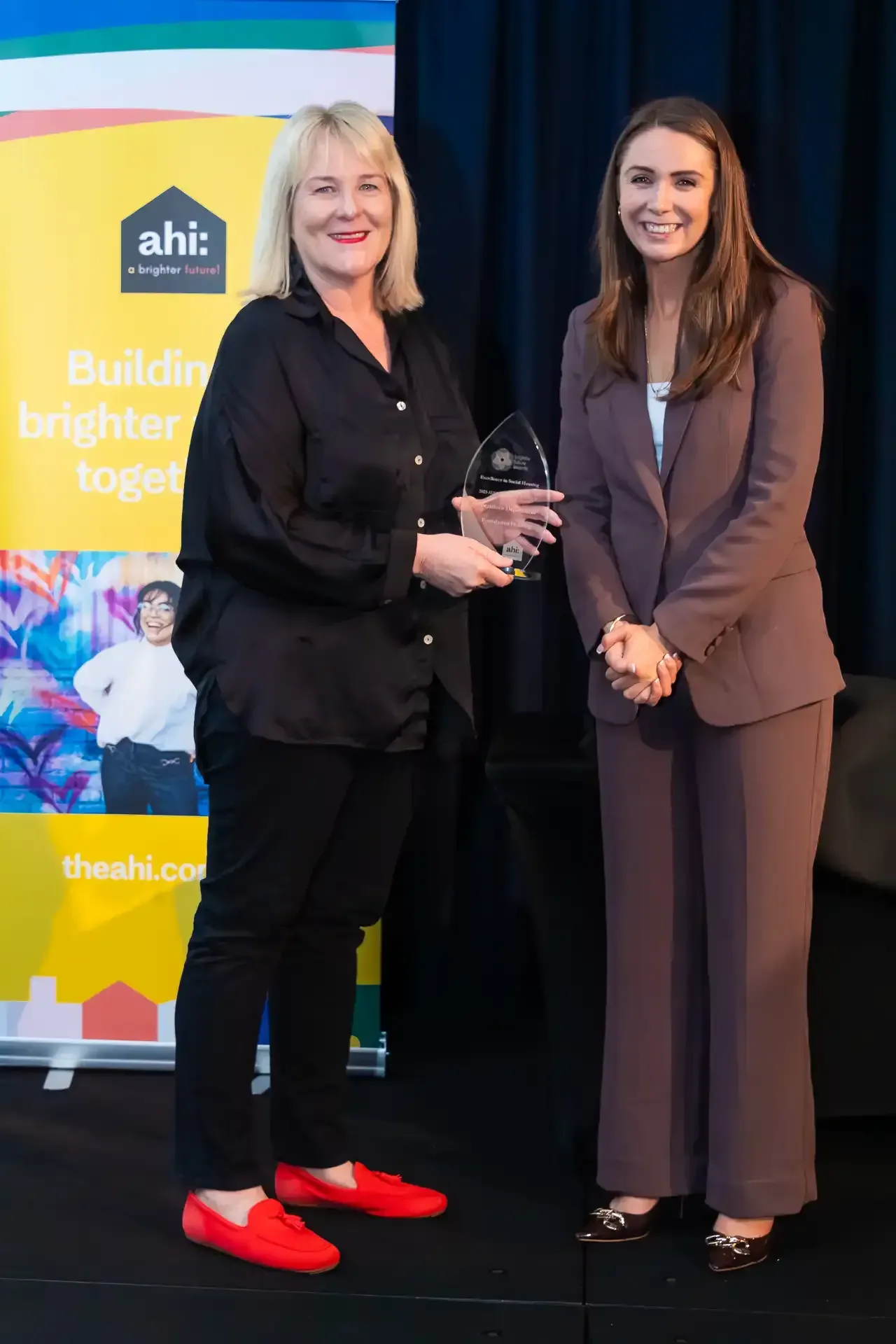
Using input from staff focus groups, the team at Foundation underwent a searching review of what they call their tenant pathway i.e. the continuum from when someone is interviewed to become a tenant, right through their tenancy journey with the organisation.
“We unpacked every single stage,” Kerryn goes on. “We looked at how we identify potential support issues, risks, things that we should know about, so they don't become issues down the line. We looked at our staff interaction with tenants at each of those touchpoints; how we could improve that, how we can be more proactive, how we can better share information across the teams. So that resulted in a completely revised pathway, which we launched probably halfway through 2024.”
The pathway now includes purpose-designed toolkits for frontline staff and management, along with a raft of automated processes that all support the framework.
“It was the first time in the business where we've really taken what I would call a forward-looking approach to tenancy management; not simply looking at it as a narrow definition of managing a tenancy and reacting to those things as they come up––like if someone doesn't pay rent, or there's an issue with the neighbours and so on,” she explains. “[The processes and support resources] all become embedded into the everyday work of our staff; it's not something they’re thinking about separately.”
Although a lot more work has been done since the award win, Kerryn says the opportunity for the staff and the organisation to reassess how they deliver their core business was instrumental to the success of the framework.
“It was a really good reference point for everyone to think about their roles, why they do what they do, and the outcomes we’re looking to achieve,” she continues. “I think it's given us that reference point for decision-making, but coming off that are all the people, the teams, the engagement, tenant support and the ‘supportive landlord’ approach. This is a very forward-looking approach to what we can do proactively to impact people's lives, and to impact them through a positive tenancy experience. That is a big shift.”
“There are lots of positive outcomes we've seen this year around debt recovery and tenancies being sustained.”
Additionally, the Positive Tenancies Framework influences Foundation positively in terms of measuring outcomes. Kerryn says, while the framework gives them the ability to quantify new tenancies and exits, it also allows them to gain insights on other variables that could play a role in someone's ability to maintain their tenancy. As she explains, “There are lots of positive outcomes we've seen this year around debt recovery and tenancies being sustained.”
“What I don't want to do is go down the pathway of us saying we are ultimately responsible for someone…being healthy, for instance. I mean, we want to impact those things, but there are so many variables that influence something like good health. Where we are actually able to have some good tangible measures is in our tenant support space, and also with our community engagement.”
Kerryn puts forward an example: “We know, in the last year, there were about 1,100 tenants engaged in our community engagement activities, and I think there was something like 110 activities. So that's a measurement around connectedness.”
“What we also did off the back of this last year was completely redesign our tenant support referral process, which had previously been pretty reactive. People would see something, they'd inform our support team, the support team would get involved, and that was it. We didn't really know what happened [after the fact].”
“We redesigned it, so all referrals are now defined by the domains of our Positive Tenancies Framework. If you’re making a support referral, it falls into one of our domains and then a whole load of subheadings. We’re really clear about why people are seeking support, and then we measure things like the outcome; whether the tenancy was sustained, whether it was maintained, whether it deteriorated.”
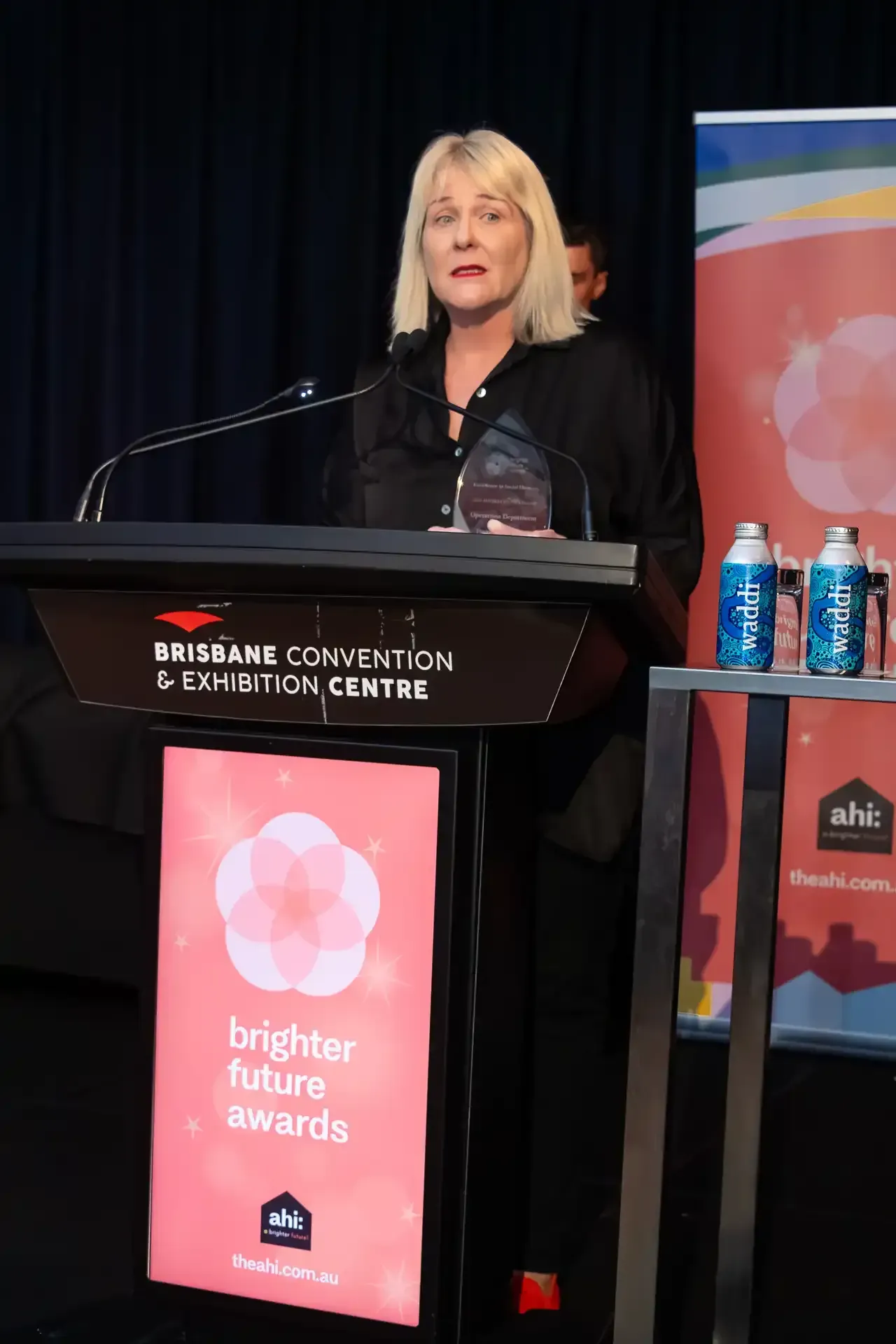
“We have very clear data now around all of our support cases, which we just didn't have in the past.”
“We also measure the length of time that cases are open. It's been a really good exercise because we have very clear data now around all of our support cases, which we just didn't have in the past. And that's all come off the back of the framework.”
Embedding the approach from operations right across Foundation Housing is the next challenge for the organisation––a key proponent of their latest five-year strategic plan.
“I would say, to embed this approach across the business, it’s about recognising that servicing the needs of residents and tenants is not simply an operational housing management function,” Kerryn clarifies. “There are lots of other interfaces, most notably property services and the maintenance function, and also the rent-setting area who have a lot of interaction with tenants, and then there’s reception too. So that will be the next focus for a couple of years.”
Recalling the awards process, Kerryn believes it was an important morale boost for the Operations department after all the hard work and perseverance: “I took a team of our frontline staff along to the state awards in Perth, and honestly, I could not believe—and I think the staff were shocked as well—that we won.”
“I was at the annual conference in Brisbane, and I attended the Australasian awards dinner with two of my housing managers. And again, I was just completely blown away because of the quality of the other nominations, a lot of the shortlisted organisations and some amazing initiatives. Again, I was just completely surprised to be the winner. But it was fantastic.”
“Sometimes you can't see your way to the other side."
“I think the work that the frontline housing staff do can often be overlooked by high-profile development projects or the delivery of new housing,” she says. “We'd done so much work on the framework and embedding that into the business––sometimes you can't see your way to the other side.”
“It can be very reactive for those frontline roles because it's a fast-moving environment––things are happening all the time––and people are busy. There's always resourcing challenges and difficult things to deal with. So, it's easy, I think, to fall into that reactiveness. This was just a fantastic acknowledgment of all that work. I was so thrilled to see my team’s efforts validated with an independent award, as they are so deserving and so committed to achieving positive outcomes.”
Got something award-worthy? For nominations and details about the ahi: Brighter Future Awards 2025, visit https://www.theahi.com.au/brighter-future-awards
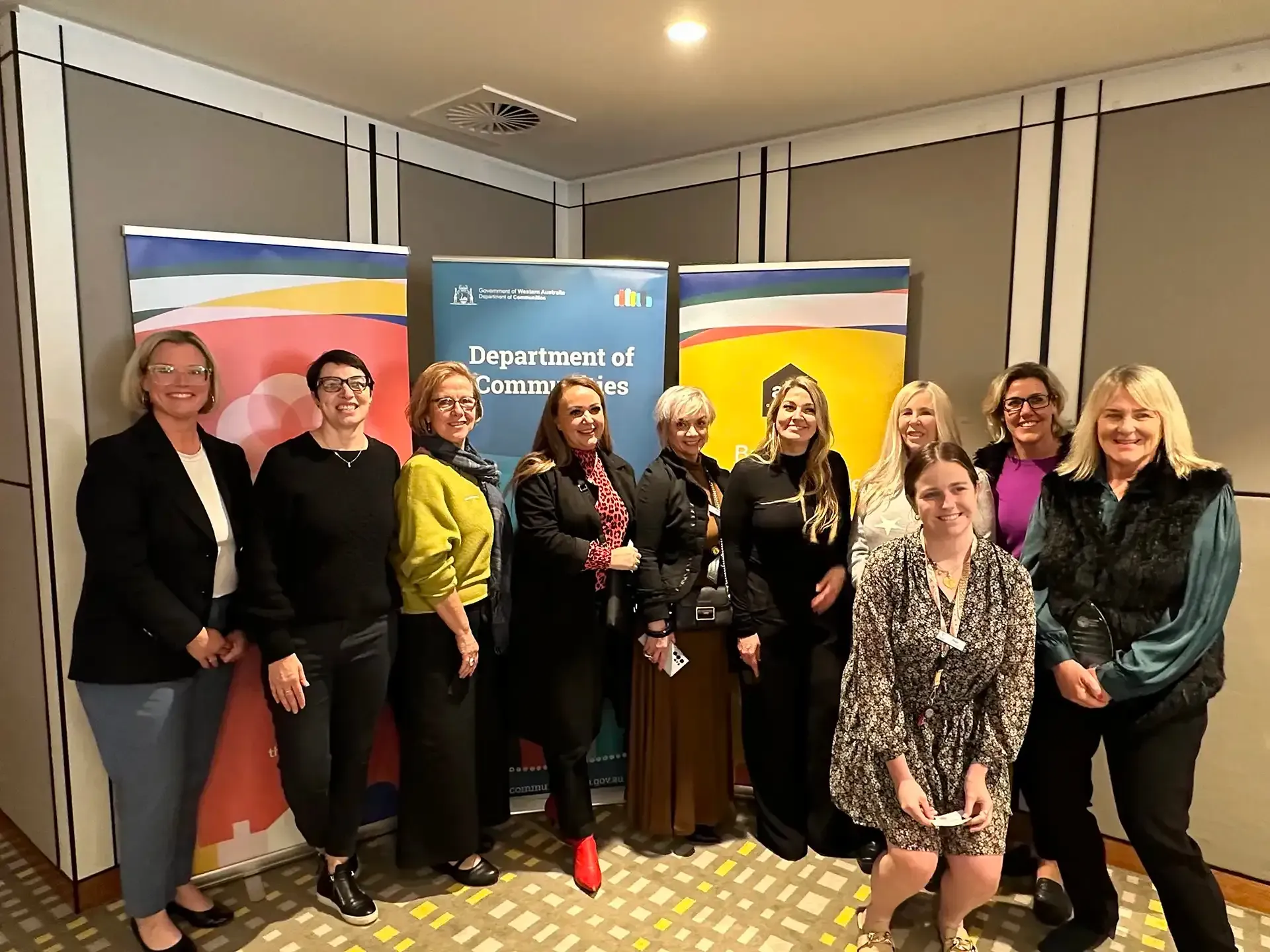
Other articles you may like

We acknowledge the Wathaurong, Yuin, Gulidjan, and Whadjuk people as the traditional owners of the land where our team work flexibly from their homes and office spaces. Ahi Australia recognises Aboriginal and Torres Strait Islander peoples as the first inhabitants of Australia and the traditional custodians of the lands where we live, learn and work. Ahi New Zealand acknowledges Māori as tangata whenua and Treaty of Waitangi partners in Aotearoa New Zealand.
Copyright © 2023 Australasian Housing Institute
site by mulcahymarketing.com.au


